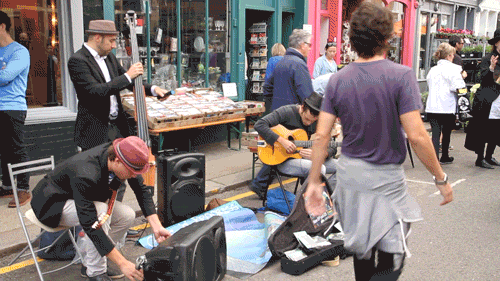News
Evan Bartlett
Aug 26, 2016

Around 2.7 million people in the UK suffer from some sort of colour blindness. That amounts to 4.5 per cent of the population, or almost one in 20 people.
According to Colour Blind Awareness, a non-profit organisation based in the UK, the majority of people inherit the condition from their mother's side of the family - although it affects a lot more men than women.
Around 40 per cent of people with colour blindness leave secondary school without even realising they have the condition.
Colour blindness can be a real problem for children, and adults, particularly if left undiagnosed. Kathryn Albany-Ward, who set up Colour Blind Awareness, explained that she wanted to raise awareness of the condition after realising how much information in school textbooks is inaccessible to children who have it.
Clinic Compare has created a series of gifs which help to show what the world looks like for people who have different forms of colour blindness:
Protanopia (red-blind)
As Colour Blind Awareness explains, the most common form of colour blindness is red/green:
Although known as red/green colour blindness, this does not mean sufferers mix up red and green, it means they mix up all colours which have some red or green as part of the whole colour.
The same can be seen with other forms of colour blindness...
Protanomaly (red-weak)
Blue cone monochromacy
Tritanopia (blue-blind)
Tritanomaly (blue-weak)
Deuteranopia (green-blind)
Deuteranomaly (green-weak)
Achromatopsia (monochromacy)
More: This website shows what it's like to read when you have dyslexia
Top 100
The Conversation (0)




















